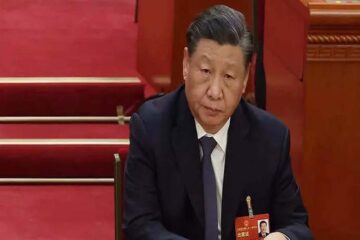Understanding Economic Contrasts: US, Japan, and UK

Introduction: Divergent Economic Fortunes
While the US economy continues to thrive, Japan and the UK are grappling with recessionary pressures, marked by consecutive quarters of GDP contraction. Let’s delve into the factors driving these disparate economic outcomes.
Japan: Currency Woes and Demographic Challenges
Japan’s economy faced a setback with a 0.4% contraction in GDP for the final quarter of 2023, contrary to expectations of growth. The declining value of the yen, exacerbated by the Bank of Japan’s reluctance to raise interest rates, has hindered export competitiveness. Moreover, Japan’s aging and shrinking population pose long-term challenges, leading to labor shortages and dampening economic prospects.
UK: Cost-of-Living Struggles and Brexit Fallout
The UK officially entered recession with a 0.3% GDP contraction in the last quarter of 2023, reflecting weak consumer spending amid a persistent cost-of-living crisis. Inflation rates double the Bank of England’s target have eroded purchasing power, while the aftermath of Brexit continues to weigh on economic sentiment. Prime Minister Rishi Sunak faces political headwinds as his party trails in the polls ahead of upcoming elections.
Implications and Outlook
While the US economy remains resilient, Japan and the UK confront significant hurdles to recovery. Addressing currency stability and demographic shifts is crucial for Japan’s economic revival, while the UK must navigate inflationary pressures and Brexit-related uncertainties. As policymakers strategize, global economic interdependencies underscore the importance of coordinated efforts to mitigate recessionary risks and foster sustainable growth.












